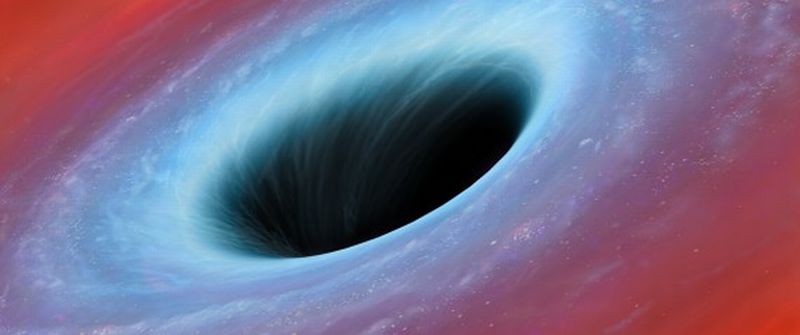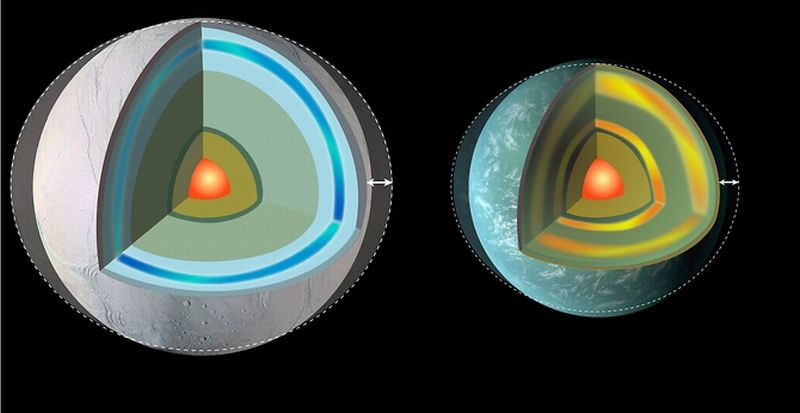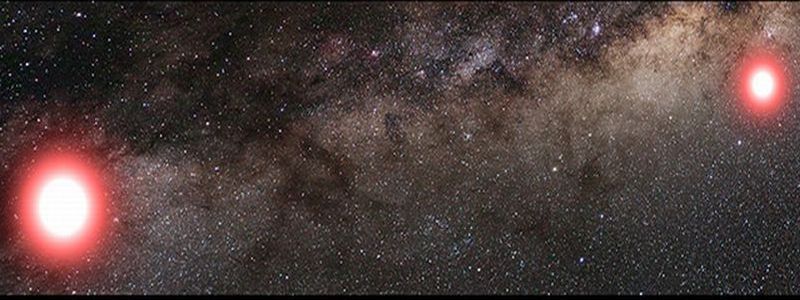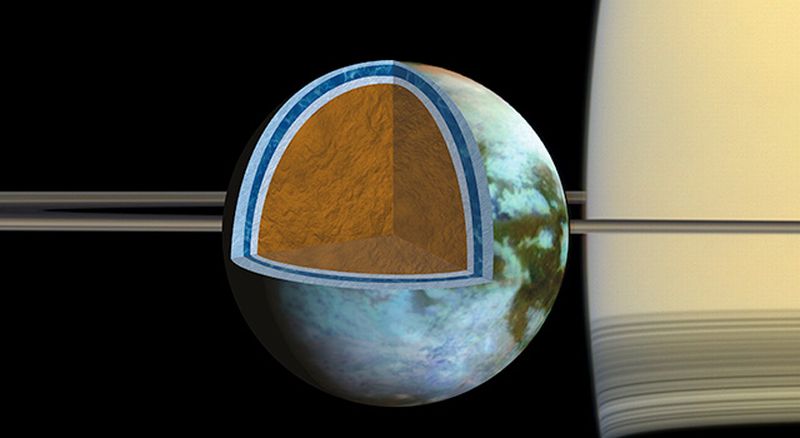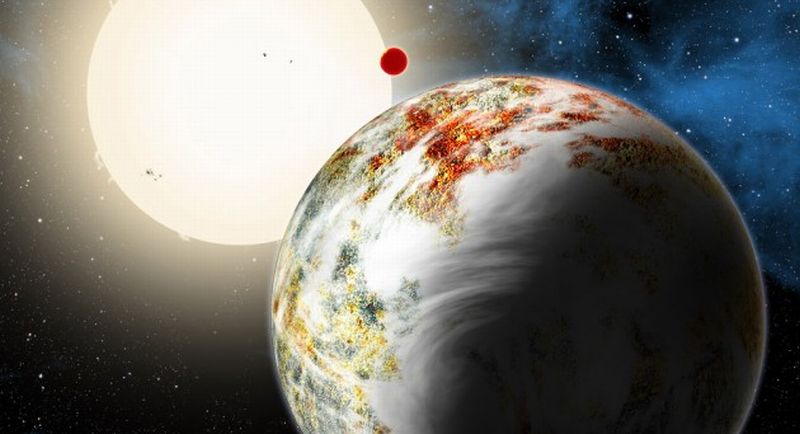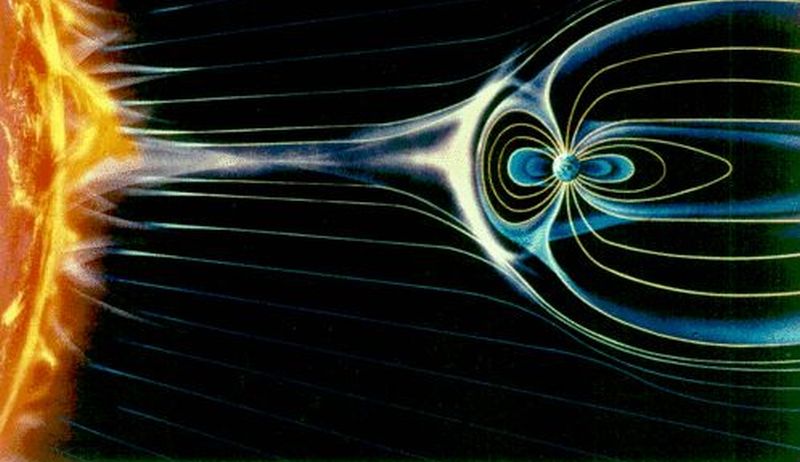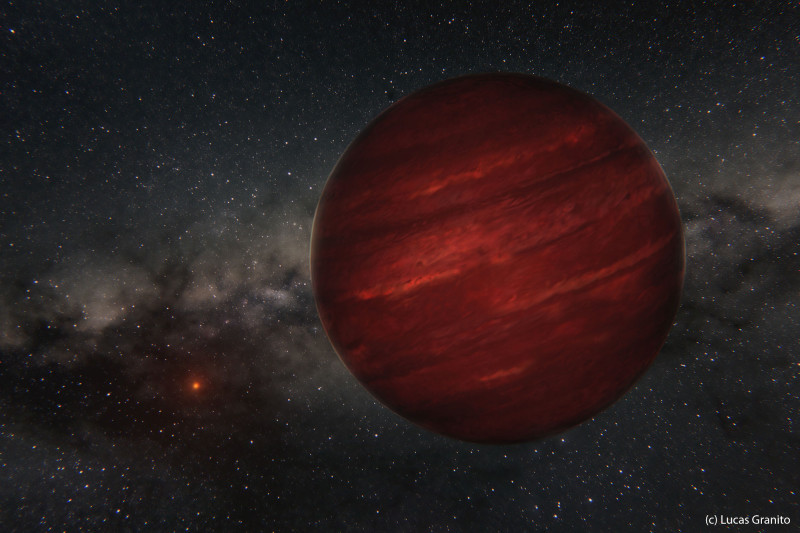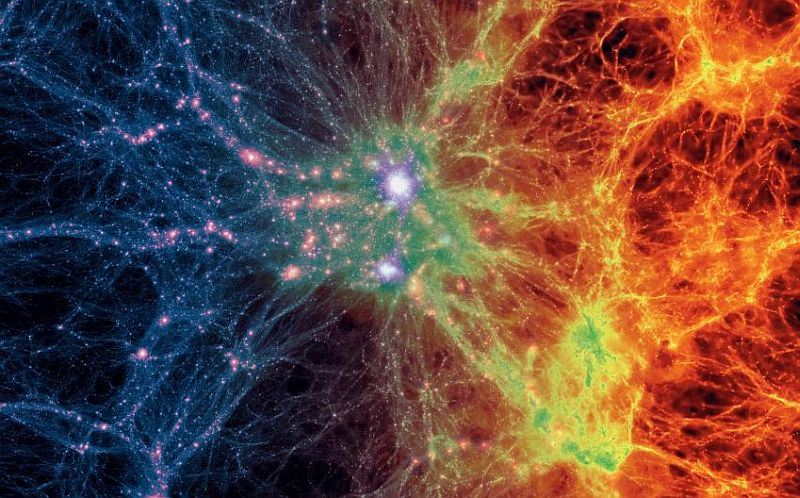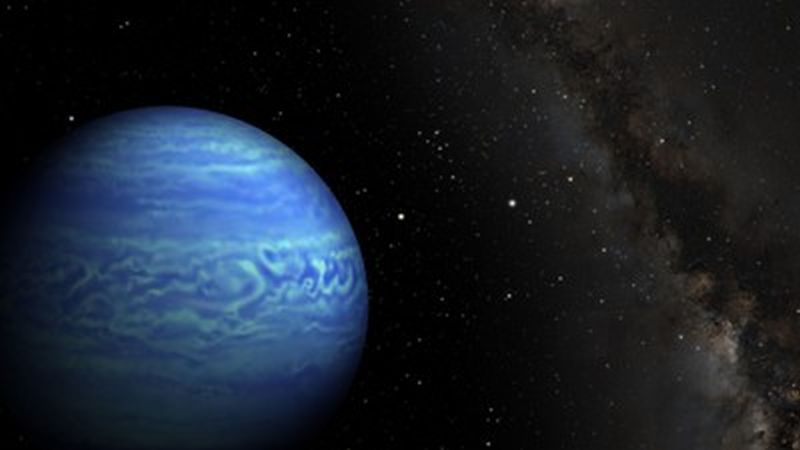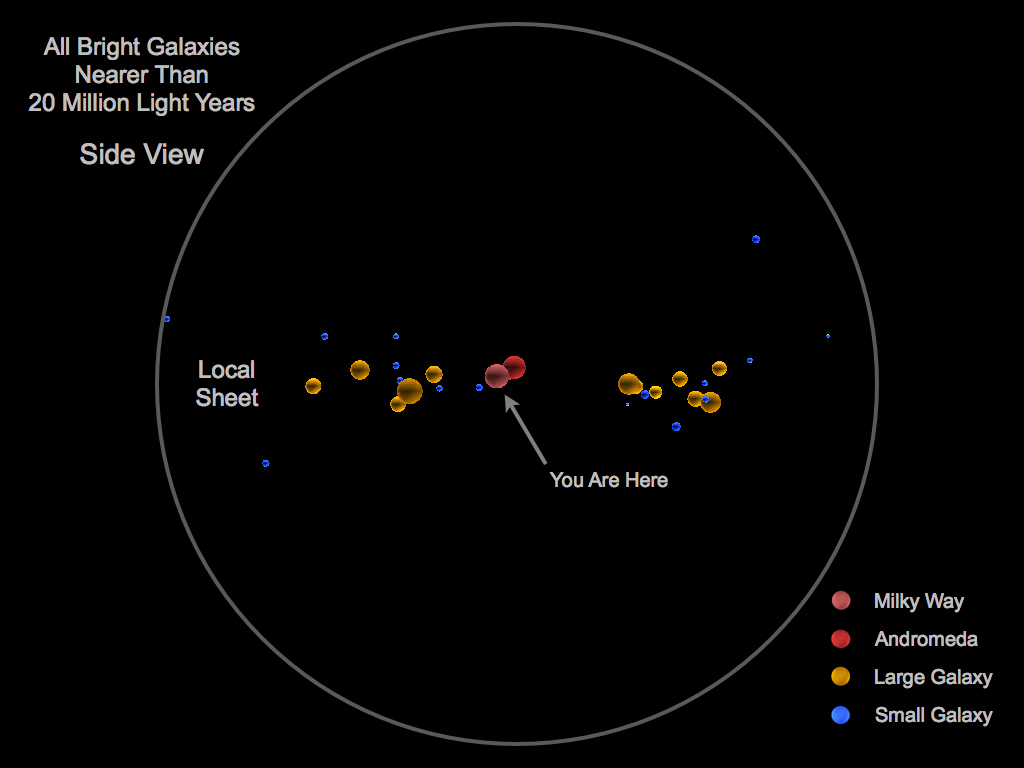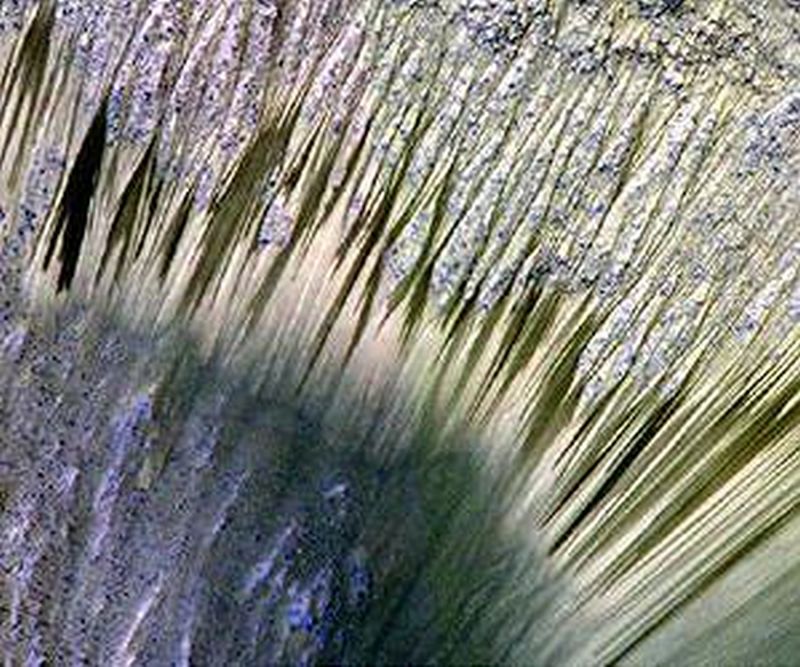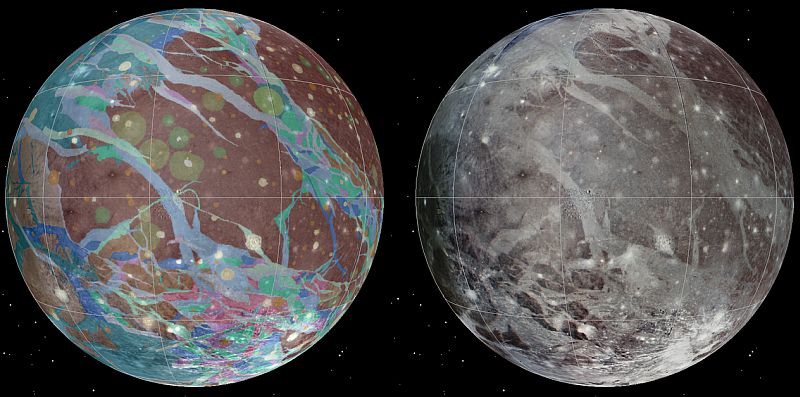Space debris are affecting our vital services and if it continuous to do so then time is not far when we would no longer be able to communicate, the financial markets would be paralyzed, no TV, no internet, no phone calls, no satellites, life would come to a halt, literally! Satellite collisions would initiate the catastrophic snow balling effect amplifying the cascade of destruction. The movie Gravity did call for some serious thinking about the impacts that debris can cause. Although the movie had some serious flaws but that is…
Read MoreTag: universe
Black Holes morph into White Holes: Space-Time Loops cause Big Bounce
As per a recent theory, supernova explosions could be the dying throes of black holes that were formed soon after the Big Bang. The phenomenon called black holes have been the most flabbergasting observable fact of the universe and until now, there has been no concrete evidence as to what is on its other side and what happens to the matter that it engulfs. However, two physicists have gone ahead and postulated that these black holes have an expiry date too and that they morph into ‘white holes’ explosively dispersing…
Read MoreTidal Forces influence Planets in Eccentric Orbits: Possibility of creating Habitable Worlds
Fixation towards heat for survival is the key element across planet earth and the solar system. During the origination of human life, early man stumbled upon the discovery of fire by rubbing sticks and since then it has evolved gradually. In an interesting study, researchers at NASA have discovered a similar fixation towards heat for survival across constellation. The findings are primarily based on the Earth sized planets in other star systems. Excessive heat denotes destruction but right amount of same heat results in creating habitual climatic conditions.
Read MoreFrozen Steller Twins Discovered: Orbits in Binary Star System
Lately a binary star system has attracted attention of many space scientists. This binary system consists of twin stars, mutually orbiting around a common center of mass. Situated around 3,000 light years away from Earth, astronomers’ expecting that it could shed some information regarding similar Earth like bodies floating in space. The planet weighs twice that of the Earth and orbits, in binary system, one star. Distance between the two corresponds to the distance between the Earth and the Sun. However, unlike the Sun, the planet’s host star is dimmer…
Read MoreTitan’s Ice Shell overlies Salty Ocean: As Salty as Earth’s Dead Sea
NASA’s Cassini mission has given strong confirmation regarding the saltiness of Titan, the largest moon of Saturn. Space scientists have even compared the salt content with Earth’s Dead Sea. The result corresponds to 10 years observation, where Cassini was busy accumulating the gravitational and topographical data. Researchers organized this information and developed a model based on Titan’s structure. This resulted in gaining better insights of the moon’s exterior ice shell.
Read MoreKepler-10c the mega-Earth Discovered: Godzilla of Earths
Space scientists have discovered a new planet to which they call as “Godzilla of Earths”, maybe because of its rocky exteriors. The exoplanet weighs more than 17 times that of Earth. Until now researchers believe that the planet is all solid and is much gigantic with respect to previous discoveries of super-Earth, hence it falls into the casket of mega-Earth. Sasselov, one of the astronomers believe that Kepler-10c, the newly found mega-Earth, is high on probability with respect to implications for life.
Read MoreAugmentation of Cosmic Magnetic Flux by Turbulence: Interstellar Dynamics
Stellar physicists believed that escalation of interstellar space magnetic field could be an offshoot of the cosmic turbulence. Magnetic field pervades unanimously throughout universe however, there was no such thing around the beginning of Big Bang, which means the force has arisen from somewhere. In order to look for the answer, researchers at Rutherford Appleton Laboratory, UK simulated creation of supernova, a giant star with 60k billions times more powerful shafts, these rays were higher than the laser pointers. The study was based on identifying magnetic fields in the deposits…
Read MoreGU Psc b: Another Exoplanet Discovered Through Direct Imaging
Space scientists have discovered a new planet by collective observations from the Gemini Observatories, the Observatoire Mont-Mégantic (OMM), the Canada-France-Hawaii Telescope (CFHT) and the W.M. Keck Observatory. The gas giant is situated around GU Psc, in the constellation Pisces and is believed to be 3 times less massive than the Sun. The distance between the planet GU Psc b and its star GU Psc is approximately 2,000 times Earth-Sun distance. With this distance, it would take the planet nearly 80,000 Earth years to complete just one orbit around its star.…
Read MoreIllustris is New Time Machine: Simulation of the Realistic Virtual Universe
We know how our universe look today and we have pretty good idea as to how it looked before the things started taking shape somewhere around the Big Bang. But we have no idea how the galaxies evolve and what was before the Big Bang. In order to study this, researchers at the MIT have built a computer simulation, they have named it the Illustris. This simulation is so complex that calculating on single desktop might take 2k years alone and its volume comprises around 215m light years. Although there…
Read MoreNewly Discovered Neighbor of the Sun: Chilly as the Earth’s North Pole
Kevin Luhman, an astronomer at Penn State University has discovered a star, “brown dwarf” that is around 7.2 light-years away. Currently it appears to be as cold as Earth’s North Pole and positioned at fourth rank with respect to the Sun. The space scientist claims that insights from the new system might helpful in knowing the atmospheres associated with cold temperatures on similar other systems. Like stars, the brown dwarfs initiate the same life cycle but during the collapse, they lack the mass that is required to burn the nuclear…
Read More10 Unbelievably Startling Facts About Our Universe
From its acceleration to expansion to dark matter and energy, the Universe continues to consistently amaze and perplex our scientists & astronomers alike. From unimaginably gigantic to incredibly minute stuff, there’s an awful lot going around in this field we refer to as ‘existence’. The recent discovery made by the scientists working at the Large Hadron Collider, a place near Geneva, revealed a startling new fact about elusive Higgs boson particle. A lot of buzz surrounded the information revealed by this discovery regarding the constitution of the fabric of the…
Read MorePlanet X and Nemesis Myth Debunked: WISE Survey
In an attempt to find the reasons, which led to the wobbly effect of Uranus’s orbit, researchers discovered other planets like Neptune and Pluto but there was no Planet X anywhere. Similarly, the hunt for Sun like star, Nemesis, which they claim might have wiped out the age of dinosaurs completely, is still a far-fetched dream. It’s been an effort of more than two centuries and now the researchers want to draw line to reach a conclusion. Kevin Luhman an astronomer at the University of Pennsylvania asserted that there are no such…
Read MoreGravitational Torques of Milky Way and Andromeda Responsible for Spatial Configuration
Space scientists have been working long to discover other universes. Many researchers and studies have been conducted so far and are still going on to understand the reasons, which led to the formation of Milky Way and nearby constellation. Till date it has been accepted that Milky Way and its orbiting companion Andromeda are the leading components in a flock of galaxies known as the Local Group, which is nearly 3 million light years away. Lately, a research has open up new avenues with respect to new galaxies within 35-million…
Read MoreFlowing Water on Mars: Still Hard to Prove
Presence of water on Mars has been always a topic of discussion for the researchers. Even though it is still not confirmed, whether the Red planet ever possessed water. Since 2011, peculiar strips (possibly water) have been noticed to appear and then disappear from the planet’s surface. Lujendra Ojha, the then scholar at the University of Arizona, first discovered these mysterious strips.
Read MoreResearchers Map Out Ganymede’s Grooved Terrain: Jupiter’s Largest Moon
After several years of consistent hard work, researchers from Brown University were able to complete the first global gelological map of Ganymede, Jupiter’s largest moon, which is also largest in the solar system. Geologists envision that the map might assist in future exploration since they expects habitable environment upon Ganymede. The moon’s terrain and the possibility of underground waters have made it a subject of curiosity and investigation by the researchers. Voyager and Galileo spacecraft were used to take images for constructing the map. In 1979, Voyager made its first…
Read More

